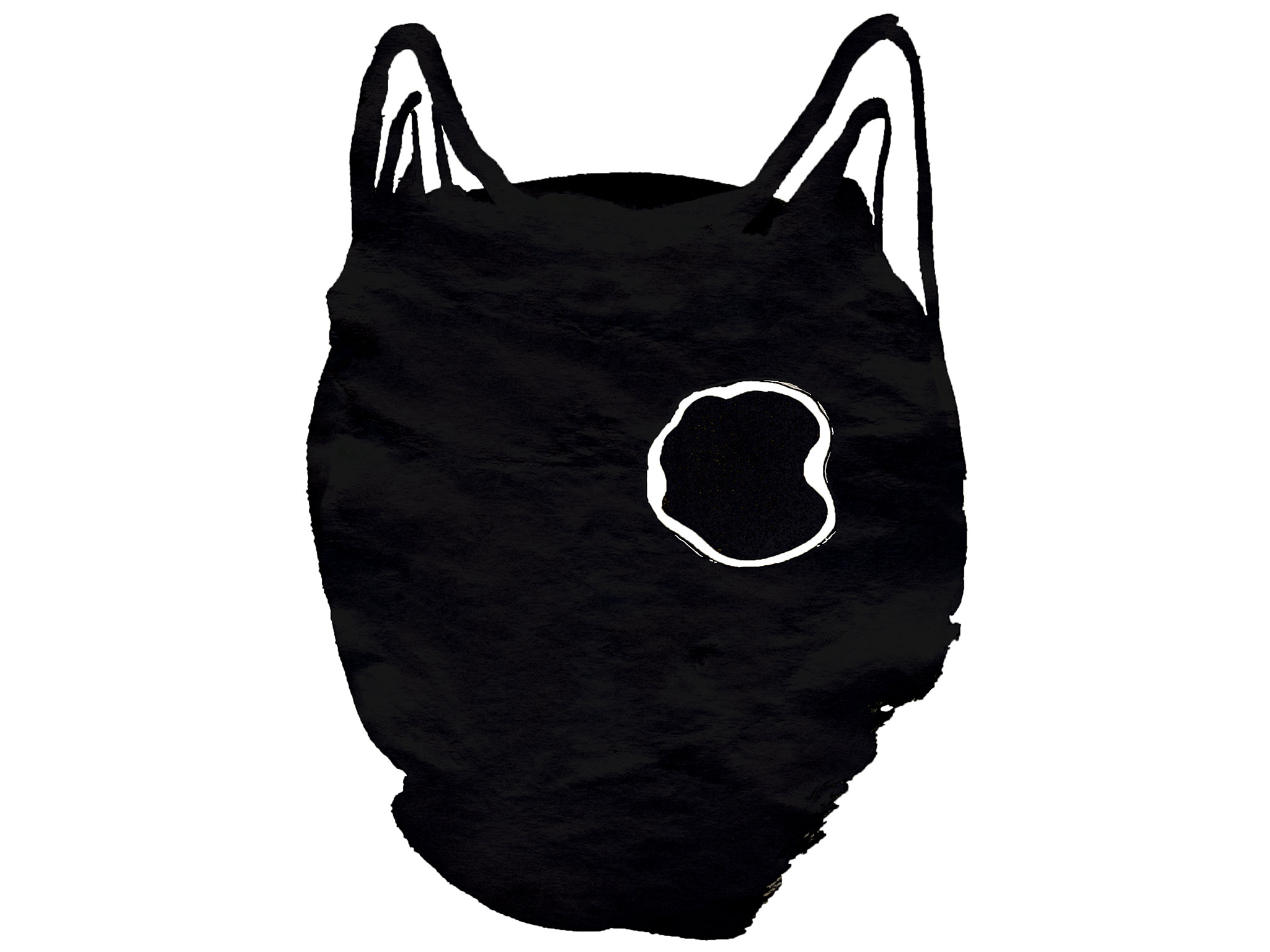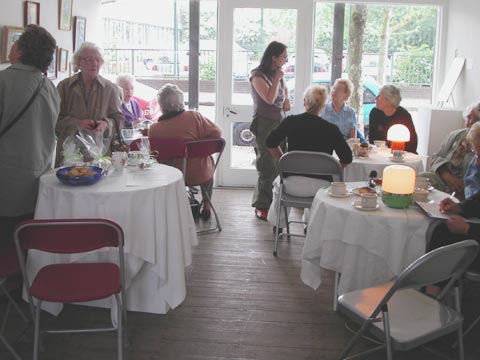CONTEMPORARY POST-STUDIO ART PRACTICE
AND ITS INSTITUTIONAL CURRENCY
Steve Smith reflects on paula's post-studio practice
In "Contemporary Post-Studio Art Practice
and its Institutional Currency, Investigative study
with interviews with five U.K based artists,
Louise Ashcroft, Claire Blundell Jones, Helene Kazan,
Danny Pockets and paula roush,
University of Westminster
Dissertation: MA in Visual Cultures, 2013
[see dissertation here]
In investigation of these questions I have interviewed five U.K based artists, Louise Ashcroft, Claire Blundell Jones, Helene Kazan, Danny Pockets and paula roush who have to a greater or lesser extent adopted post-studio methods in their art practices.
Through a series of semiformal interviews or conversations I have asked the artists to describe their practice methodologies, explain their motivations and their attitudes to the conventional institutions of display. In doing so I hope to investigate the contemporary nature of concerns raised by some of post-studio’s
key artists. I seek to understand post-studio’s historical legacies, for example Danny Pockets practice is embedded in the customs of the studio, however,
much of his work manifests itself in the style and
manner of post-studio’s installation methods and contexts of display.
paula roush’s practice is heavily informed by post-studio’s elements of institutional critique and performative processes but has increasingly taken a trajectory from conventional institutions to other destinations.
Louise Ashcroft’s work is reminiscent of artists
such as Robert Smithson that focus on siting
rather than production.
Claire Blundell Jones uses performative methods
within and outside institutions, her works do not
carry an overt institutional critique when produced in institutions, however they can still be observed as critique of social and institutional codes that are exposed in the unfolding of these works.
Finally in the practice of Helene Kazan we see an artist who is thoroughly conversant with the legacies of post-studio methods and is concerned with wider issues of social relations within the field of art, Kazan insinuates these concerns within her post-studio methodologies of practice.
The artist paula roush recognises in the historical development of institutional critique that critique has now been subsumed and controlled with curators
within institutions inviting artists to take part in a predetermined programme of critique, she comments: ‘the curators working within the institutions are doing their institutional critique through their creative curating… all these participatory strategies and institutional critique strategies that came from
a specific context by creating a platform and then bringing in people. I don’t think it has anything to do (with it), it’s a pastiche of institutional critique.’
roush describes this process as simulation, as ‘empty floating signifiers’. We can observe this pastiche or simulation as an appropriation by the institution that neutralises critique and re-sites the sovereign decisions of critique that once rested with artists back in the hands of the institution, in these appropriative methods by the institution we can define a new realisation of criticality and opposition. As we have seen in Andrea Fraser’s analysis it would follow that this process allows for the institution to re-appropriate the activities of the critical artist within the institution to transfer cultural currency back into the institution's hands.
Further to this we might reflect on the following statement by Robert Smithson and echoed in the words of Daniel Buren: ‘The function of the warder-curator is to separate art from the rest of society. Next comes integration. Once the work of art is totally neutralized, ineffective, abstracted, safe, and politically lobotomized it is ready to be consumed by society. All is reduced to visual fodder and transportable merchandise. Innovations are allowed only if they support this kind of confinement.’
The appearance of institutional critique in conventional institutions can now be observed not as critical but as processes that appear as signified criticality, only as the ‘appearance’ of criticality, not true opposition as an agent of change within the institution. This is where we can draw a distinction between critique and opposition, critique is now embedded and confined, and to return to Smithson’s phrase, ‘politically lobotomized’, within the institution's codes.
Sovereign vs. Institutional Freedom
We can see elements of post-studio practice that are employed by artists being appropriated into institutions; even performances or actions that were once critical are now, in their appropriation, neutralized and confined, 'politically lobotomized'. As much as the paintings and sculptures of the past that have been absorbed into the ossifying customs of the museum or gallery even more immaterial and contestable critiques of the institution can be appropriated and repackaged by the institution into its customs and employed to reinforce itself as the prevalent bourgeois ideology. If the most critical elements of art practice are thus absorbed into the customs of the prevalent ideology we might ask: just what measures artists must take to assert their sovereign decisions? What becomes clear is that if such overtly critical work can be appropriated by the institution then artists are increasingly alienated from developing their sovereign work in the institution. In paula roush’s experience the institution can stifle a very important element of artists' methods in the realisation of their work:
‘…the new generation of creative curators that have a very specific idea of what they want and they come with all their institutional critique ideas that they want you to fill in to their platform…there’s a type of curator I don’t have very good experiences, I call it creative curator as a joke… that put you in an agenda, they want you to fulfill a certain role in their agenda, and because I’m a bit unpredictable, as you can imagine, if there expecting something and then I don’t deliver exactly what they need in that platform that they’ve created, its quite rigid, it puts you in a certain category.’
roush indicates an important element in the tensions between the institution, curator and artist and the issues of sovereign freedom in the realisation of the artwork. Not only do institutional systems confine the artwork, they are increasingly in more participatory, responsive and performative roles stifling an artists very practice, those that rely on contingency and unpredictability in the making or performance of the work. The measures taken by curators in institutions to contain or control these processes in many cases jeopordise the realisation or seek to appropriate the very practices of the work as their own cultural currency. As we have seen this tension between sovereign and institutional freedom has become very real, so much so that an assertion of sovereign freedom by the artist in the institution may be seen by that institution as an ‘infringement’. That Smithson uses such strong a term as ‘politically lobotomized’ brings in to question the ability for art works to act as political agency that Groys suggests although we might argue that artists' practice can still exert this political agency in its alienation, or as in roush’s case a certain self-exclusion, which as we will see later seems an increasingly viable response by artists in the furtherance of their practice. Groys is hopeful when he concludes his essay by explaining ‘…the artist who designs a certain installation space is an outsider to this space. He or she is heterotopic to this space. But the outsider is not necessarily somebody who has to be included in order to be empowered. There is also empowerment by exclusion, and especially self-exclusion. The outsider can be powerful precisely because he or she is not controlled by society, and is not limited in his or her sovereign actions by any public discussion or by any need for public self-justification.’
We are the institution
As we have established, the territories of critical practice and the oppositional nature of poststudio, and now as we might understand it in the legacies of post-studio practice, contemporary post-institutional practices are inherently imbued in their social relations to institutions of art as critical in their role as oppositional to the conventional modes of display. As we have seen poststudio’s institutional critique is sited within the institution in the works of Andrea Fraser and the criticality in the landworks of Robert Smithson come in its oppositional attitudes to conventional sites of display. In the works of the contemporary artists we have observed, we can see a development from post-studio to post-institutional practice, one that understands its criticality and opposition as it seeks to work unhindered by the prevalent codes within art's institutions, but does not rely on critique of these codes to manifest and contextualise the artworks. These practices seek to develop new codes within arts social field not to react to existing ones.
Andrea Fraser became one of the most recognisable of the ‘institutional critique’ post-studio artists. In 2005 she wrote a reappraisal of what institutional critique could mean. In an ongoing practice which investigated the power relations between institutions of display, the artist and the audience, she recognised the difficulties of critique being absorbed within institutions. ‘one finds a certain nostalgia for institutional critique arise as a now anachronistic artifact of an era before the corporate megamuseum and the 24/7 global art market, a time when artists could still conceivably take up a critical position against or outside the institution. Today, the argument goes, there no longer is an outside. How, then can we imagine, much less accomplish, a critique of art institutions when museum and market have grown into an all-encompassing apparatus of cultural reification? Now, when we need it most, institutional critique is dead, a victim of its success or failure, swallowed up by the institution it stood against.’55
This analysis echoes paula roush’s disillusionment with institutional critique and its appropriation and instrumentalisation, however as we have seen in our analysis of the artist's sovereign decisions and dissensual practice, the space for critique has moved from post-studio to a post-institutional territory, a territory that in its movement away from the conventional institutions of display can still in Groys’ and Ranciere’s understanding be an oppositional force to the prevalent bourgeois ideologies that Buren recognises our institutions to be.


